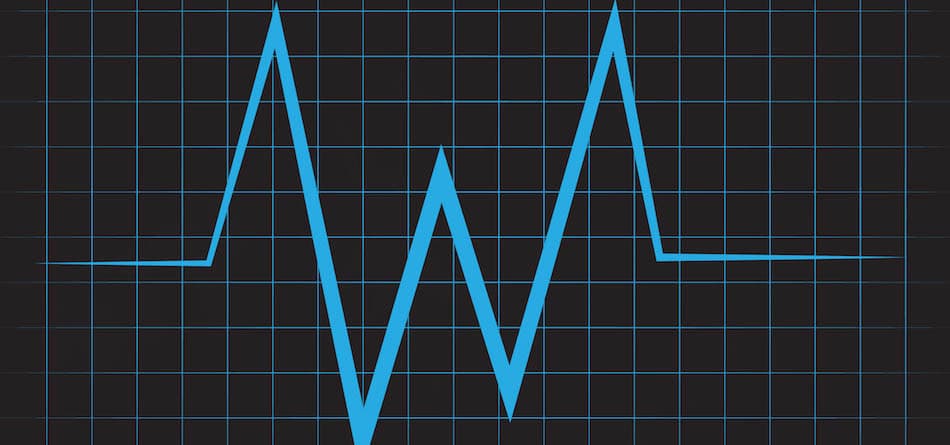
FIA today released a white paper that examines the dramatic increase in margin requirements at derivatives clearinghouses during the first quarter of 2020 due to increased market volatility related to the pandemic.
Although the clearing system performed well during exceptional volatility and trading volume, the increase in margin requirements created a large and sudden demand for liquid assets that contributed to stress in the financial markets. FIA views this episode as an important test of the clearing system and in this paper puts forward several recommendations to improve margin models.
“Our analysis demonstrates that the system worked, but it was strained during the economic crisis created by the Covid-19 shutdown and business cycle downturn. As an industry, we must look at those strains and make the adjustments needed to avoid undue pressure on liquidity,” said FIA President and CEO Walt Lukken.
.@FIAconnect today released a white paper that examines the dramatic increase in margin requirements at derivatives clearinghouses during the first quarter of 2020 due to increased market volatility related to the pandemic. https://t.co/kRKpyPkxWQ
— FIAconnect (@FIAconnect) October 29, 2020
The analysis is based on public data published by the Commodity Futures Trading Commission and 10 major derivatives
- Initial margin requirements for certain benchmark contracts in the US, Europe and Japan jumped by more than 100% between the beginning and the end of the first quarter of 2020, with most of the increase happening during the month of March.
- The amount of initial margin held by the 10 major derivatives clearinghouses rose from $563.6 billion at the end of 2019 to $833.9 billion at the end of the first quarter of 2020, an increase of $270.3 billion or 48%.
- Customer funds in futures and swaps accounts at US clearing firms jumped by $138 billion from February to March 2020. That was the largest jump in the history of the US futures industry and far exceeded the increases that took place during the financial crisis of 2008.
FIA’s paper explains that sudden increases in margin requirements create a type of feedback loop called procyclicality. Margin calls drive demand for liquid assets, just when those assets are scarce due to market stresses. This drive for liquid assets can spill over into other financial markets and can contribute to systemic risk.
“March 2020 was a real-life stress test of the system and it provides an opportunity to examine the data and consider where adjustments are needed. Clearing has made the financial system safer, but extreme jumps in initial margin over short periods of time put a lot of stress on clearing members and their customers,” said Jacqueline Mesa, FIA’s COO and SVP of Global Policy.
FIA’s paper seeks to promote dialogue on the issue of procyclicality in clearinghouse margin requirements and makes several recommendations for improvements to margin models. FIA calls for:
- improvements to the design and application of margin floors, one of the main tools for controlling procyclicality;
- a framework for measuring the potential for large and sudden increases in initial margin and using those measurements in the calibration of margin levels;
- changes to the way clearinghouses use intraday margin calls that would reduce funding pressures on clearing members; and
- improvements to margin models that will make them more robust and dampen procyclical effects.
Source: FIA






